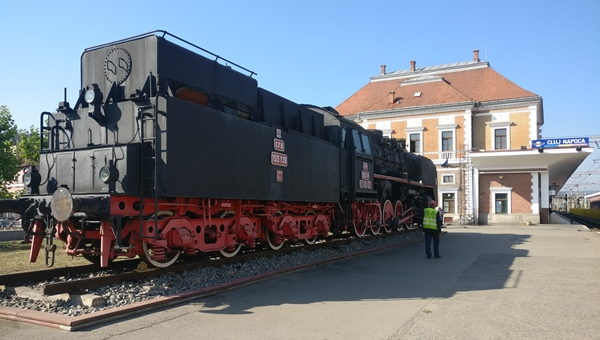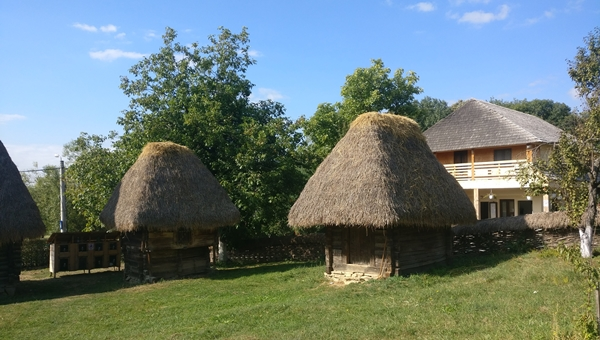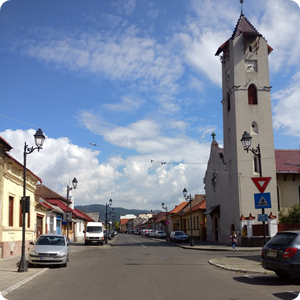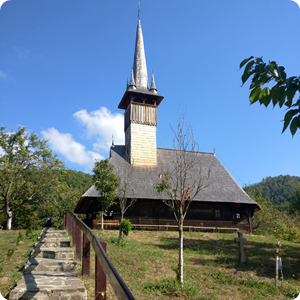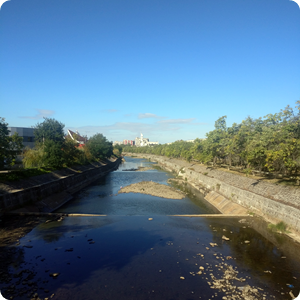
Geography of Romania
Romania the country on whose territory stretches the longest chain of extinct volcanic mountains in Europe and the longest gorge on the continent. A country that was first in the world to export petrol and the first European country to export natural gas. Romania on whose territory saw the first commercial oil well in the world, the first well using mechanical extraction and the first to put an oil refinery into operation.
The Romanian State, on whose territory were discovered some of the first artefacts belonging to one of the oldest civilizations in the world, a civilization that appeared in 5200-3200 years BC, which preceded the oldest settlements in Sumer and Ancient Egypt by a few centuries, and which in Europe has left behind some unique pottery.
Romania can lay claim to: the oldest cave paintings in Central Europe (32,000-35,000 years ago); one of the oldest fossils (37,800 years old) of modern man in Europe; the largest bat colony and the most numerous pelican colony in Europe; the largest building in Europe and the second largest in the world after the American Pentagon.
You may become familiar with some of these wonders, as I learn and write about the geography of this country. Also the geography of Romania includes a wide variety of physical-geographical elements such as topography, climate, water, vegetation, fauna, soil, and socio-economic elements like population, settlements, agriculture, industry, transport, trade and tourism which, through interrelationships and interactions, form a complex and very interesting entity that can simply be known as Romania.
I hope that step by step from the simplest facts to the most complex, you will get to know this interesting country called Romania, from the highest peaks of the mountain range known as the Carpathians to one of the longest rivers in Europe, the Danube and it's Delta and from the Black Sea coast to the darkest caves, accompanied by educational wonders.
Climate change and global warming, the growth of the Danube Delta and the conversion of some islands into a peninsula by closing some sandbars, the increase in the average age of the population and the emigration of a very large number of younger Romanians, the closing of some industrial centres and the opening of modern production lines using up to date methods, building new highways and designating new nature reserves are facts of contemporary Romania.
Read, enquire, observe, analyse, and apply the knowledge to help you discover Romania today. and understand, a Central European country, a member of the European Union and the North Atlantic Alliance, a dynamic, vibrant country, a country in full transformation, which is geographically determined by the geography of the Carpathians, the River Danube and the Black Sea. You will now be able to compare Romania with other countries. If you are interested in the geography of Romania, then explore the pages that are to follow.
| Name & website | Address | Description |
Geography of Romania




